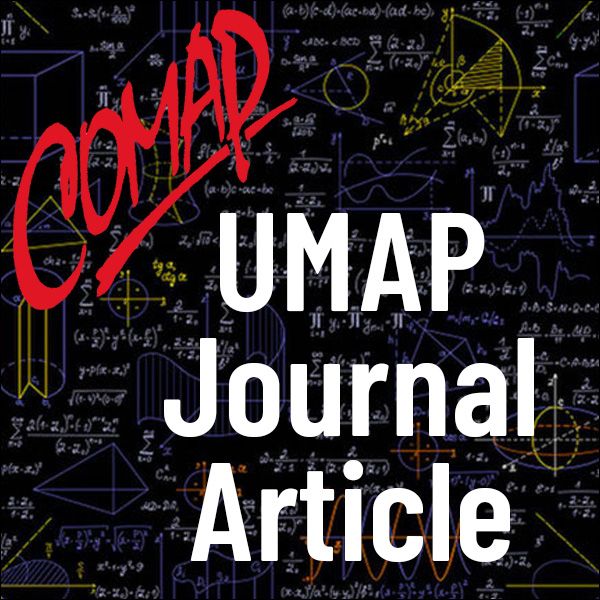Mathematical Modeling in Chemical Engineering (UMAP)
Author: Umesh P. Nagarkatte, Umesh R. Hattikudur
We give an example, using first-year calculus and least-squares curve-fitting, of the use of mathematical modeling in chemical reaction engineering. Little previous knowledge of chemistry is required. Reaction engineering involves "the exploitation of chemical reactions on a commercial scale" [Levenspiel 1962]. Desired products are produced by reacting one raw material (reactant) with another in kettles (reactors). To minimize the cost of production, chemical engineers study the reactions in the laboratory and use their data to design reactors and industrial plants. Often further data are collected on a plant in operation, in an effort to reduce production costs by changing the way in which the reactors are operated. Our example illustrates a case of this latter effort.
Table of Contents:
INTRODUCTION
DESCRIPTION OF THE REACTION
KINETIC EQUATION
THE KINETIC EQUATION AT DIFFERENT TEMPERATURES
OUR GOAL AND THE PLAN TO REACH IT
THE DATA
CALCULATIONS
INDUSTRIAL APPLICATION
CONCLUSION
REFERENCES
ABOUT THE AUTHORS

Mathematics Topics:
Application Areas:
You must have a Full Membership to download this resource.
If you're already a member, login here.